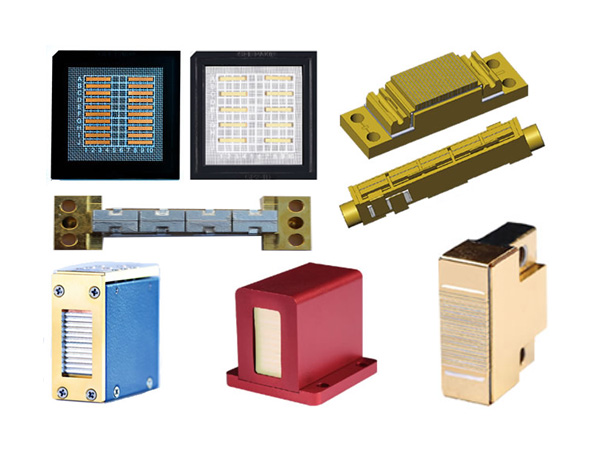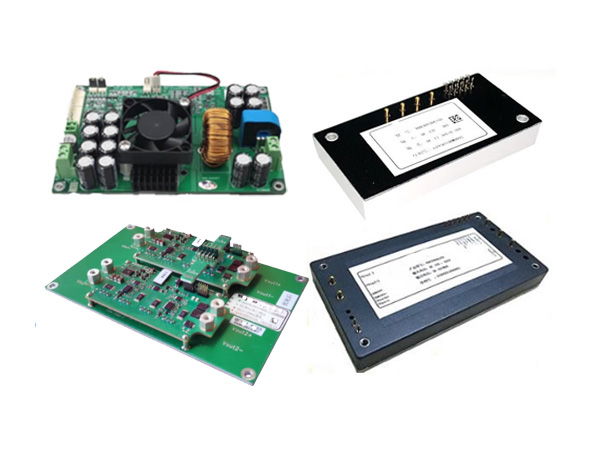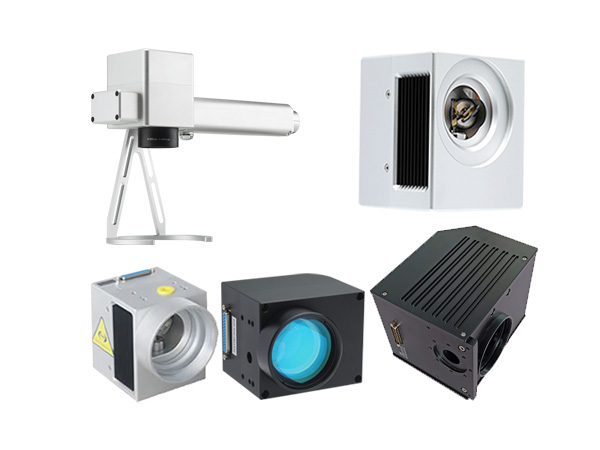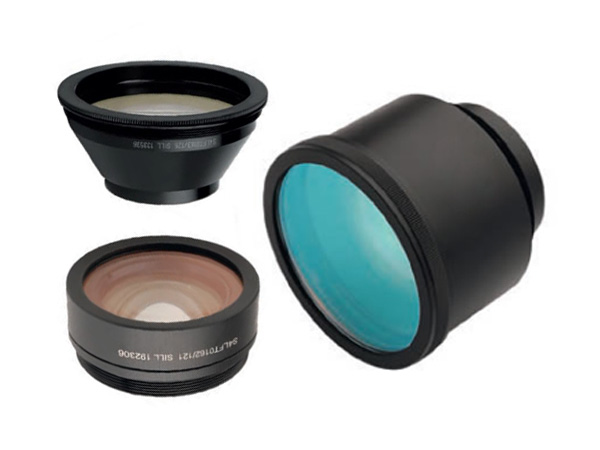Here are some key factors that can affect the point welding quality of a laser tin welding machine
Since the first laser beam invented by scientists in 1960, people have regarded laser processing as scientific productive forces. In recent years, laser processing technology has been widely used in the industrial field due to its flexible processing and its advantage of improving production efficiency. Laser welding is an efficient and precise welding method using high-energy-density laser beam as heat source, which together with laser cutting and laser marking constitute the "troika" of laser processing technology.
However, compared with laser cutting and laser marking, the development time of laser tin welding is relatively short, and the processing difficulty is also greater. Among them, the issue of affecting the spot welding quality of laser tin welding machines has become a concern for customers when purchasing laser tin welding equipment. Sintec Optronics believes that the main factors include welding current and power-on time, electrode pressure, and shunt.
Welding current and power-on time. According to the size of the welding current and the length of the power-on time, spot welding can be divided into two types: hard specification and soft specification. The specification of passing a large current in a short time is called hard specification, which has the advantages of high productivity, long electrode life, and small weldment deformation, and is suitable for welding metals with good thermal conductivity. The specification of passing a smaller current over a longer period of time is called soft specification, which has lower productivity and is suitable for welding metals with a tendency to harden.
Electrode pressure. During spot welding, the pressure applied to the weldment through the electrode is called electrode pressure. The electrode pressure should be selected appropriately. When the pressure is high, it can eliminate shrinkage porosity and shrinkage holes that may occur during solidification of the nugget, but the resistance and current density decrease, resulting in insufficient heating of the weldment, a decrease in the diameter of the nugget, and a decrease in spot strength.
The size of the electrode pressure can be selected based on the following factors:
(1) Material of the weldment. The higher the high-temperature strength of the material, the greater the electrode pressure required. Therefore, when welding stainless steel and heat-resistant steel, a larger electrode pressure should be selected than when welding low-carbon steel.
(2) Welding parameters. The harder the welding specification, the greater the electrode pressure.
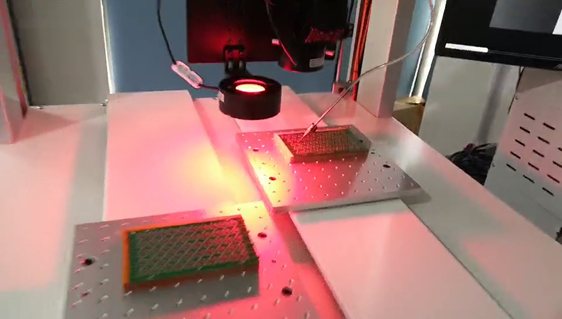
Shunting: During spot welding, the current flowing outside the main welding circuit is called shunting. Shunting reduces the current flowing through the welding zone, resulting in insufficient heating, significantly reducing the strength of the weld spot and affecting welding quality.
The factors that affect the degree of shunting mainly include the following aspects:
(1) Thickness of the weldment and spacing between weld spots. As the spacing between weld spots increases, the shunt resistance increases, and the degree of shunting decreases. When using a conventional spot spacing of 30-50 mm, the shunt current accounts for 25%-40% of the total current, and as the thickness of the weldment decreases, the degree of shunting also decreases.
(2) Surface condition of the weldment. When there are oxides or dirt on the surface of the weldment, the contact resistance between the two weldments increases, and the current passing through the welding zone decreases, i.e., the degree of shunting increases. The workpiece can be treated with acid pickling, sandblasting, or grinding.
 English
English Français
Français Deutsch
Deutsch euskara
euskara Русский язык
Русский язык Italiano
Italiano Português
Português Nederlands
Nederlands Polski
Polski Greek
Greek Lietuva
Lietuva Türkçe
Türkçe 日本語
日本語 한어
한어 中文
中文 தாமில்
தாமில் فارسی
فارسی हिंदी
हिंदी Tiếng Việt
Tiếng Việt ภาษาไทย
ภาษาไทย Pilipino
Pilipino Indonesia
Indonesia தாமில்
தாமில்

